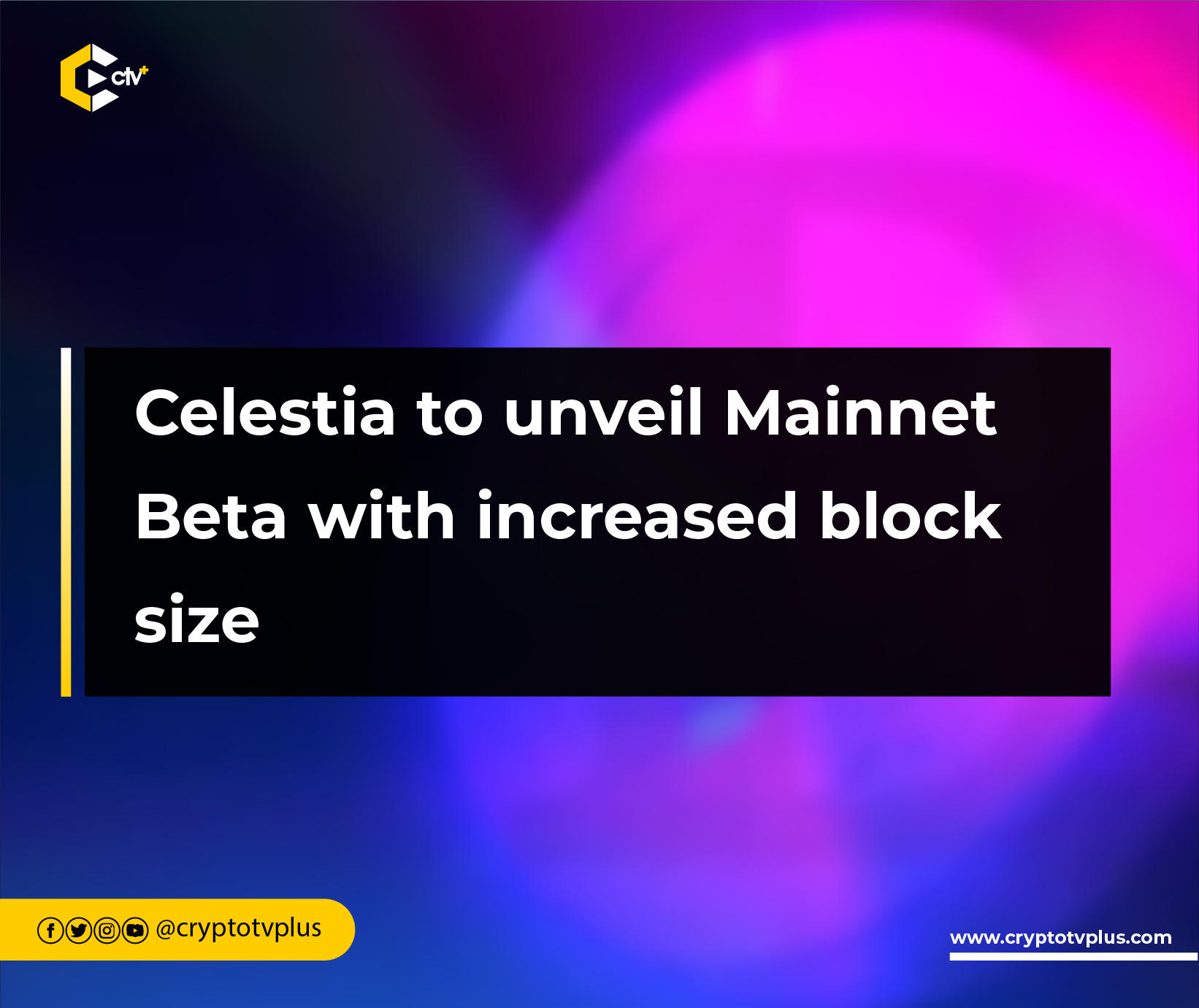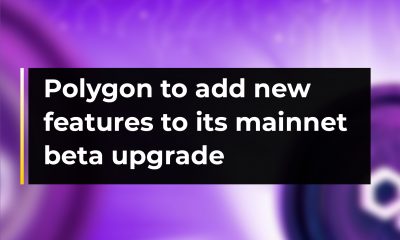News
Celestia blockchain to unveil Mainnet Beta with increased block size

Celestia has announced its readiness for launch with an exciting Mainnet Beta release on the horizon. This long-awaited release represents a significant milestone for the blockchain community and promises to introduce new features such as Data Availability Sampling (DAS) and the Celestia-node API for aggregation.
Celestia is a modular blockchain network that aims to build a scalable data availability layer, enabling the next generation of scalable blockchain architectures. It is a new technology that powers, scales and secures Web3 applications.
Celestia introduces a new modular blockchain architecture that addresses the core scaling issues of today’s blockchains.
Instead of one blockchain doing everything, modular blockchains specialize and optimize to perform a given function.
Celestia is a minimal blockchain that only orders and publishes transactions and does not execute them.
By decoupling the consensus and application execution layers, the protocol modularizes the blockchain technology stack, unlocking new possibilities for decentralized application builders.
It is designed to have a token used to secure the network via Proof of Stake and to pay transaction fees on the network.
Celestia also supports any programming language or virtual machine (VM). Currently supported languages include Solidity (EVM), Rust & Golang (Cosmos SDK).
Exploring new frontiers
According to Celestial, the expected launch of Celestia’s Mainnet Beta will be experimental. It will see at least four new features coming into play in the protocol. First is the Data Availability Sampling (DAS) light nodes.
These light nodes are designed to efficiently check and verify the availability of data within a modular system, enhancing the reliability and integrity of data on the network.
Additionally, there will be a Celestia-node API for Rollups. This feature involves the development of the Celestia-node API to facilitate the efficient publication and retrieval of data blobs within rollups.
Rollups are mechanisms used in blockchain technology to increase scalability and efficiency.
Third, the system supports block sizes ranging from 2 to 8 megabytes (MB). Initially, at the genesis stage, the block size will be set to 2 MB, and this size can be adjusted upwards through on-chain governance, allowing for flexibility and scalability as needed.
Celestia blockchain will see an early/experimental Block reconstruction. This feature represents an early and experimental version of block reconstruction for full storage nodes and the introduction of proofs for detecting poorly encoded data on light nodes.
It’s a step towards improving data integrity and reliability within the blockchain network, particularly in scenarios where nodes may have issues with data encoding.
It was added that updates, fixes, and enhancements will be driven by the vibrant community of users and developers. “Proceed with caution, but recognize that Mainnet Beta is where Celestia will evolve into a stable cornerstone for the modular stack,” it said.
Read also; Chainlink’s game-changing staking v0.2: what to expect














